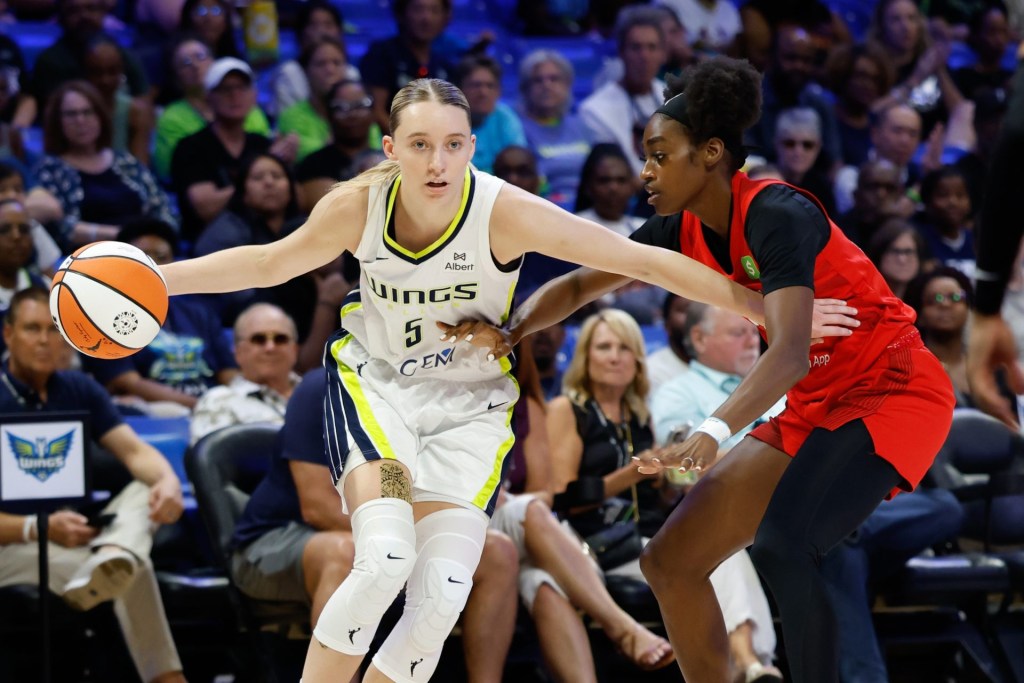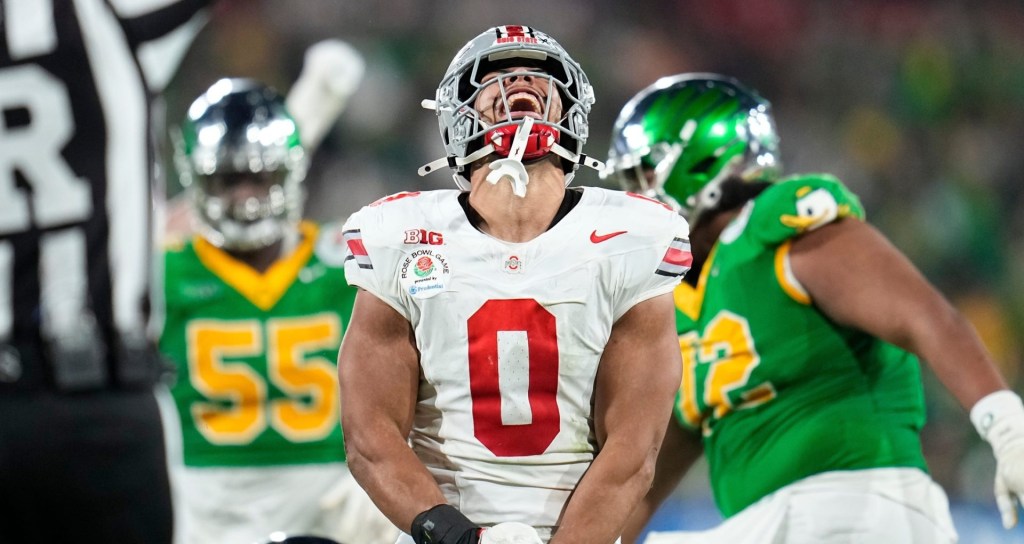As testimony in the Gee v. NCAA wrongful death trial concluded on Monday, plaintiff lawyers said that in addition to $1.8 million in economic damages, the jury should award the Gee family $53 million in non-economic damages.
After four weeks of testimony, the jury will now deliberate on whether the NCAA failed to protect former USC linebacker Matthew Gee from suffering traumatic brain injuries that allegedly led to his death at age 49. If they can’t come to a conclusion Tuesday, they’ll return to deliberations on Monday, Nov. 28.
Gee, who died in 2018, was posthumously diagnosed with CTE. His wife, Alana, is suing the NCAA — alleging it knew about the potential dangers of brain injuries, but failed to warn players or take steps to prevent these injuries. As a result, she claimed, the governing body is responsible for his death.
The NCAA denied her claims at every step of the way, wagering that Matt Gee died from substance use disorder rather than CTE. It also argued that the NCAA is not responsible for athlete health and safety — that liability lies with the schools themselves.
Either way, the ruling will be significant as it will provide the first verdict on the NCAA’s responsibility for traumatic brain injuries.
If the NCAA loses, it could immediately be on the hook for millions in damages. But there are several potential long-term effects as well.
- It will likely face a flood of lawsuits from other former players — there are others that currently are already in process.
- It would owe millions more in future settlements, verdicts, and legal fees.
- It could be incentivized to tighten restrictions on concussion protocol, which remain weak at best even today.
An NCAA loss “could be a watershed moment for college sports,” sports attorney Dan Lust previously told Front Office Sports.
But if the NCAA wins, it could earn precedent for a legal protection against brain injury liability for years to come. Existing lawsuits may not be successful, and the NCAA will have no reason to step up rules to govern athlete health and safety — despite the fact that it was created for the express purpose of doing so in 1906.
Editor’s Note: Reporting of Gee v. NCAA was assisted by Courtroom View Network, which provided a livestream of the trial.


















